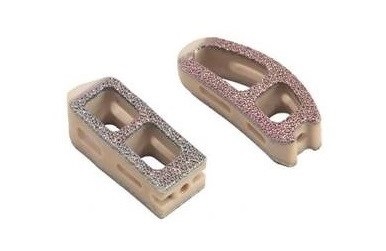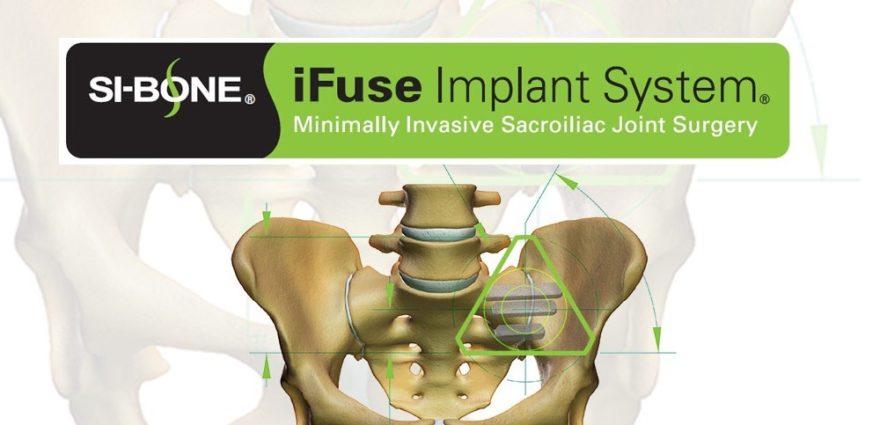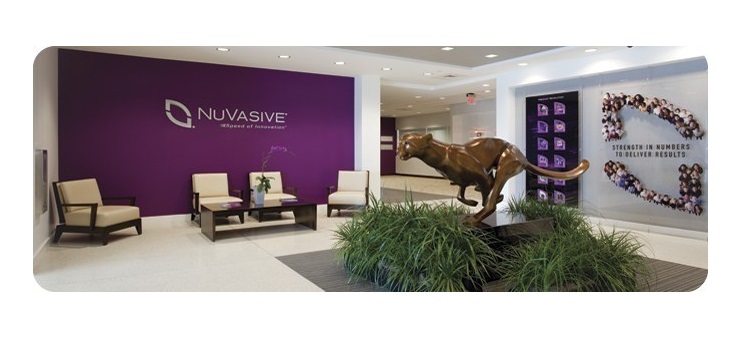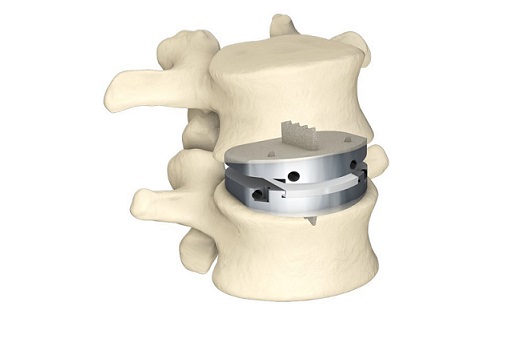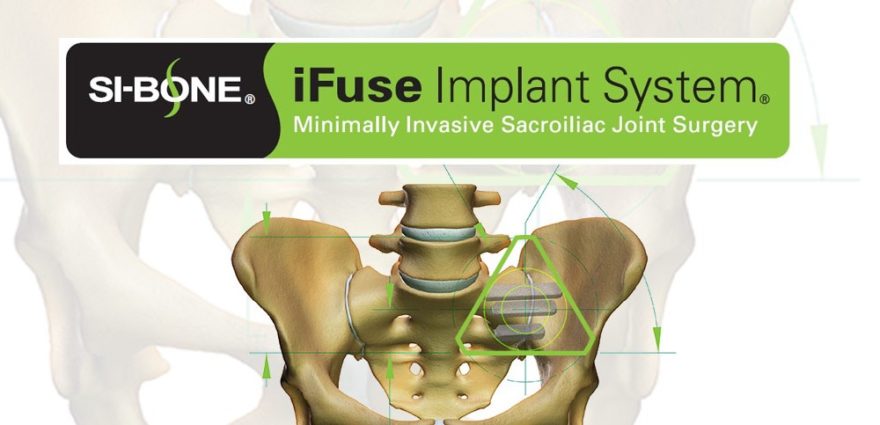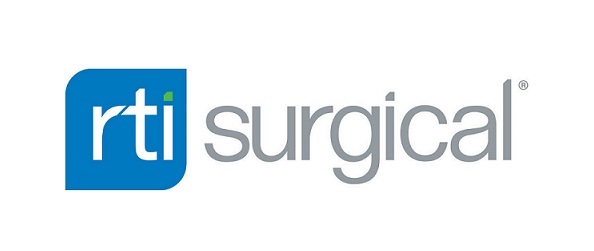CARMEL, IND. (PRWEB) AUGUST 28, 2018
Nanovis, an innovative and fast-growing technology company selling nano-technology enhanced spinal implants, announced today the successful completion of a $5.5 million funding round managed by Commenda Securities. Key investors include Elevate Ventures, 1st Source Capital Corporation, Purdue’s Foundry Investment Fund, Commenda Capital, and Ellipsis Ventures.
“Our investment in Nanovis is consistent with our mission to support the ongoing development and success of entrepreneurial businesses across Indiana. This latest round of funding will provide Nanovis the growth capital they need as a high-performing, high-growth business,” says Elevate Ventures CEO Chris LaMothe.
Nanovis will use the funds to meet increased working capital and sales needs from surging demand from surgeons and distributors for Nanovis’ nanotechnology enhanced spinal implants.
“Investors recognized that Nanovis’ technology portfolio offers interbodies with the best combination of a deeply porous bone interface scaffold with a tailored nanotube surface and bridging bone visualization. Nanovis’ nanotube surface is the only nanotechnology in the spine market with which scientists can customize and control the spacing of the nanofeatures,” says Nanovis CEO Matt Hedrick. “Appropriate nanofeature design and control is important in optimizing bone growth. As a result, our distribution partners are already seeing rapid sales growth and hospital approvals for Nanovis’ FortiCore interbodies. In addition, we are receiving strong interest from surgeons in participating in our nanotube enhanced FortiCore interbody launch.”
Nanovis invents, acquires, and commercializes technologies that offer meaningfully superior implants to reduce fixation and infection related complications. Surgeons seeking for the best outcomes for their patients by utilizing the leading-edge nanotechnology, now have the option with Nanovis implants.
Nanovis’ nanotube enhanced FortiCore interbodies have deeply porous interconnected titanium scaffolds enhanced with a carefully designed nanotube surface and intermolded with a PEEK core, giving surgeons the most advanced interbody fixation technology with very good bridging bone imaging.
For more information about how to help patients, or better serve surgeons with Nanovis’ nanotechnologies, please visit us during the North American Spine Society (NASS) 2018 meeting September 26-29 in Los Angeles at Booth #2260 or call 1-317-507-1058.
For more information about distribution opportunities, please contact Jeff Shepherd, Vice President of Sales, at jeff.shepherd@nanovistechnology.com.
About Elevate Ventures
Elevate Ventures is a private venture development organization that nurtures and develops emerging and existing high-growth businesses into high-performing, Indiana-based companies. Elevate Ventures accomplishes this by providing access to capital, rigorous business analysis and robust advisory services that connect companies with the right mix of resources businesses need to succeed long-term. Learn more about Elevate Ventures at http://www.elevateventures.com.
About 1st Source Capital Corp.
The venture capital arm of South Bend, IN-based 1st Source Bank, invests in growing companies that have the ability to impact our local communities. The Bank’s parent company, 1st Source Corporation, has assets of $5.2 billion and is the largest locally controlled financial institution in the northern Indiana-southwestern Michigan area. For more information, visit http://www.1stsource.com.
About Nanovis
Nanovis’ mission is to develop science-enhanced, life-improving technologies targeted at tissue fixation and infection. The Company maintains a technology portfolio intended to fuel 10 years of growth. Focused on aggressive, sustainable growth in the Spine market, Nanovis is commercializing science-driven platforms: the deeply porous scaffold currently available with the FortiCore® line of interbody fusion devices; an advanced nanotube-surface technology; and surface technologies with anti-colonization and bactericidal capabilities.

